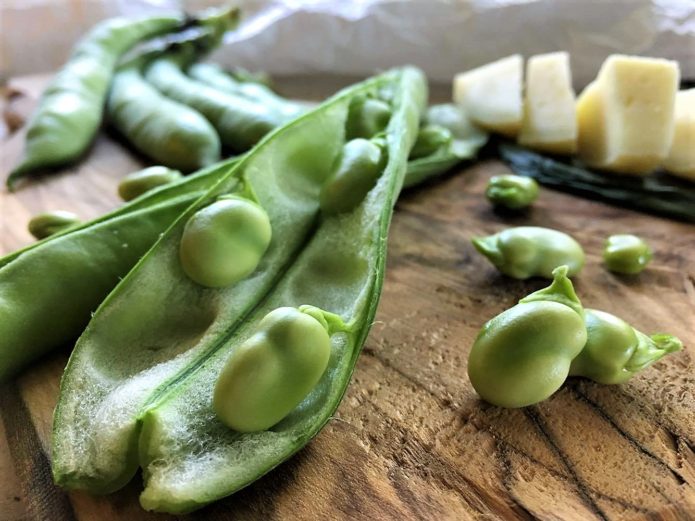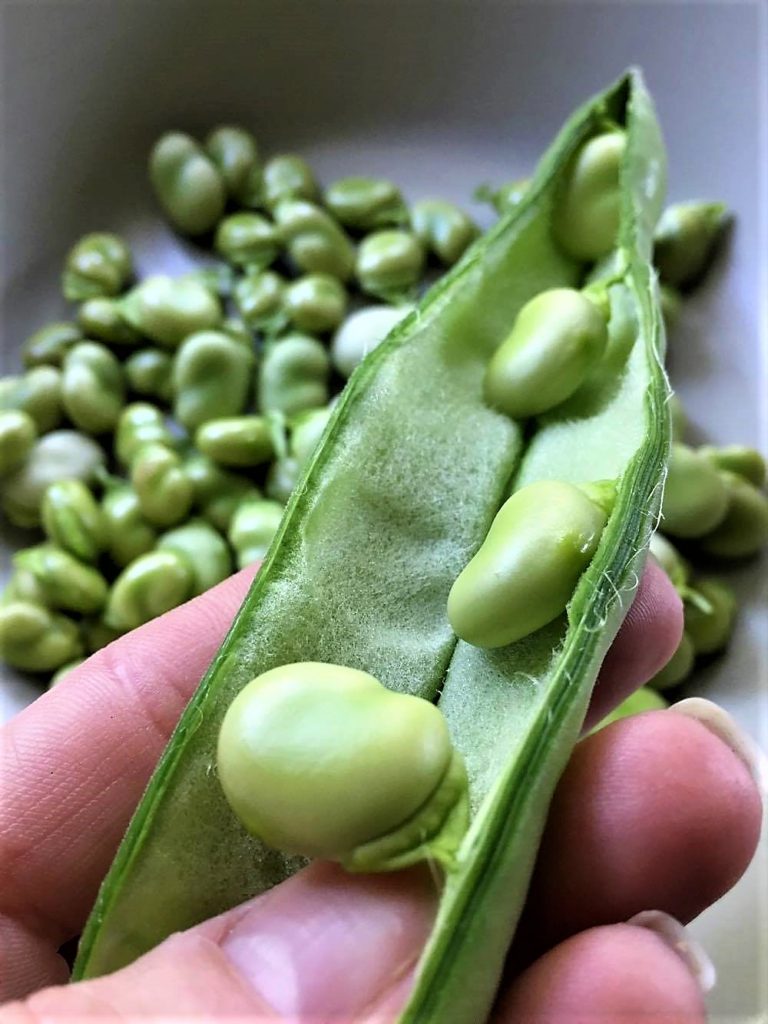The Tuscan Green Gold, from the farm to the fork!
Autumn isn’t only about roasting chestnuts and sipping red wine by the fireplace. There’s pretty little time to just sit around, when living in the Tuscan countryside. So between the golden autumn leaves and the first winter chill, as soon as we’re done with the vine harvest, we must get our strength back and be ready for a new adventure: the olive harvest.
Pretty much like every other year, we start picking olives in our farm, around the mid of October, and just before the first chills of November. Anciently it was used to wait for the olives to be fully mature before harvesting. But the weather wasn’t always merciful with crops in late autumn, so to protect them from the early frosts, over the years people have traditionally developed the custom that we all know today, to harvest olives earlier: before they are fully ripe.
This tradition, has become an essential part of our territory’s reputation worldwide, for it has given us a unique product of excellence: “l’olio novo” toscano (the freshly pressed Tuscan extravirgin olive oil). Unique because the chemical and organoleptic characteristics of the PDO extravirgin olive oil are mostly related to the climate of the growth area, which influences directly the quality of the phenols, the bitterness and sharpness of the taste.
the harvest
So harvesting olives before they are ripe, means the level of polyphenol they contain is still high. And although, unfortunately for us, that implies a lower quantity of product, it’s actually just what it needs to obtain the perfect contrast of that intense bitter and peppery taste, so typical of the Tuscan extravirgin olive oil. However, the final result for each batch of oil, also depends on many other elements, so much that it’s almost impossible to have two different productions with the same taste, even within the same area.
As we always do in our farm, harvesting olives turns into a family fun activity. Being a farmer is a rather tough physical effort and any extra hand is always welcome; so traditionally during the olive harvest, close relatives and friends or neighbors from the nearby farms gather to offer their help and spend some lighthearted days together in the open air, enjoying the breathtaking view over the Tuscan hills. Everyone takes part in the process and being able to follow the product from the olive grove to the fork, is really exciting for all.
The day starts very early in the morning, when armed with rubber boots, comfy clothes and tools of the trade, we reach our small olive grove and start collecting the greenish-purple little gems. What we love the most about it, is that our family still preserves the tradition from generations, and a day of hard work in the farm, easily turns into a celebration. We love to recreate the old fashioned charm of living in the countryside, just like our grandparents used to: understanding the importance of this moment, giving thanks for nature’s richness and sharing the sweat, the laughter, the food and the wine, until the work is done! My grandfathers used to tell me about their harvest gatherings, describing those moments as the most important in the life of a farmer, for socializing and opening up with others on everyday life, by sharing the labor and the table.
finally the new oil
Our busy day harvesting olives comes to an end only after sunset, always following nature’s course. Depending on the size of the olive grove, it may take from one day to an entire week to finish, so we store the harvested pods in plastic boxes, or on the floor of a cool and well ventilated room, until we can take them to the mill for the pressing, but usually no longer than 48 hours.
The mills in this area are quite a few and larger farms even have their own. We take our harvest to a very old mill nearby, that uses the traditional “cold pressing” process, to obtain the best expression of the extravirgin olive oil. First, olives are washed in cold water, removing as much leaves as possible. All that’s left is being then crushed together by a giant milestone and stored in stainless steel tins.
Now this is what we actually call “l’olio novo” (the new oil) here in Tuscany! It’s the freshly squeezed, unstrained and unprocessed extravirgin olive oil, that we all go crazy about. It’s the base ingredient for all our traditional cuisine dishes, and worldwide recommended for its well-known promoting nutrients and overall health benefits. We use it in our kitchens everyday: fresh drizzled over a salad, cooked in most dishes, sometimes as a healthy substitute for butter in cakes and even in the pan, for a healthier frying. But when it comes to the fruity, peppery pungent freshly squeezed olive oil, the first thing that comes to mind is “la fettunta” (the greasy slice): the Tuscan traditional, healthiest and most simple dish ever, and the best way to enjoy to the fullest, the amazing flavor of “the new oil”.
As soon as we bring the “green gold” back home, we just can’t help but drizzle it on a piece of Tuscan toasted white bread (unsalted); just like that, nothing else added, no other confounding ingredients, just our own special extravirgin olive oil… and this is when we realize that once again, all the sweat and the hard working was all worth it!







 Anyway, don’t expect to come across onions at every corner, when visiting Certaldo. Almost every farmer here grows its own, for their families’ consumption or local trading. So if you’re curious and looking for these sweet red gems, your only chances are the weekly
Anyway, don’t expect to come across onions at every corner, when visiting Certaldo. Almost every farmer here grows its own, for their families’ consumption or local trading. So if you’re curious and looking for these sweet red gems, your only chances are the weekly  Did we get you mouth-watering yet? Then here’s the recipe for you!
Did we get you mouth-watering yet? Then here’s the recipe for you!

